Since Liberty Media officially took control of Formula 1 from Bernie Ecclestone in January 2017, the mantra has always been ‘judge us not on what you see now but on what happens in 2021 and beyond’. That date was significant for the simple reason that the current Concorde Agreement – the covenant by which F1 is run – expires at the end of 2020, after which all bets were off in terms of the regulations, governance and finances of the sport.
In the interim, there was only a limited opportunity for the new management to have a major influence on the direction F1 was taking. It was still in the slipstream of the Ecclestone era.
There have been endless discussions during the past couple of seasons about what that new direction should be. Crucially, the lack of a Concorde Agreement and hence governance for 2021 meant that, in theory, Liberty and the FIA could do anything they wanted and the teams would have little say. It was a unique opportunity to move the goalposts without the inevitable blocking of change by parties keen to protect their own interests.
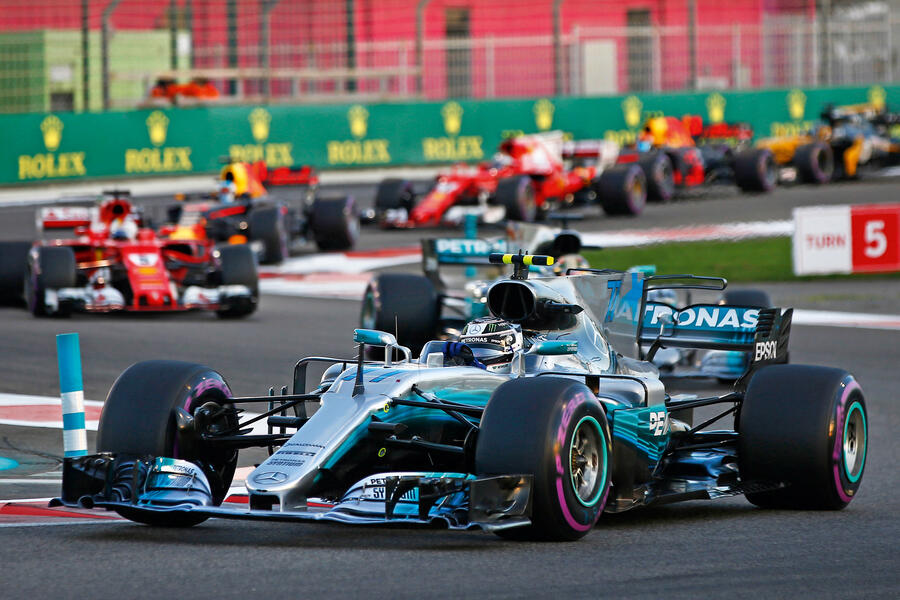
With no F1 governance in place, the deadline for announcing 2021 changes originally defaulted to 31 March 2019. However, that proved far too early to pin down details as the debate continued.
All parties thus agreed to a postponement until 31 October, and after a series of meetings through the season, it was on that date that FIA president Jean Todt, F1 CEO Chase Carey and sporting boss Ross Brawn presented the draft regulations to the world, after they had been ratified by the World Motor Sport Council.
Or rather, they presented three sets of regulations, because the familiar technical and sporting documents have now been joined for the first time by a set of financial regulations. They form a key part of F1’s attempts to ensure that the sport is sustainable over the long term and to level the playing field.
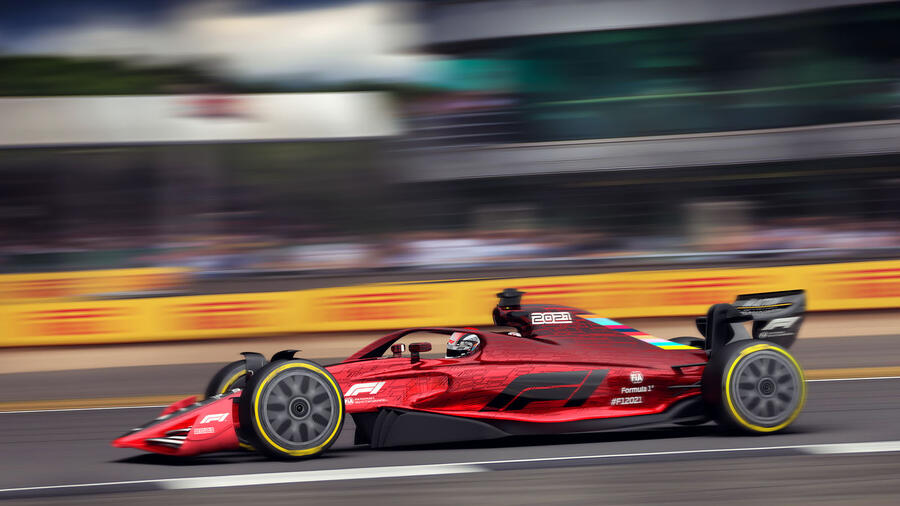
Technical regs: it's all about overtaking
No set of technical regulations in F1 history has been the subject of as much research, development and testing as that agreed for 2021.
One of the first things Brawn did on his appointment was to headhunt a team of former F1 engineers, under the leadership of ex-Benetton and Renault F1 technical director Pat Symonds, and task them with drawing up a set of regulations.
In effect poachers turned gamekeepers, they have worked closely with FIA single-seater technical boss and former Ferrari man Nikolas Tombazis. Brawn insisted his in-house team start with a clean sheet of paper with a clear goal of improving the racing – with a priority of making it easier for cars to follow each other, F1’s perennial problem. Extensive wind tunnel and CFD (computational fluid dynamics) work, with some support from the teams, helped to provide answers.
For the last major F1 rule change, in 2017, the focus was on making the cars faster and more spectacular, and improving overtaking was not part of the brief (see box, overleaf). An attempt had been made to address that with simpler front wings for 2019, but it hasn’t really paid off.
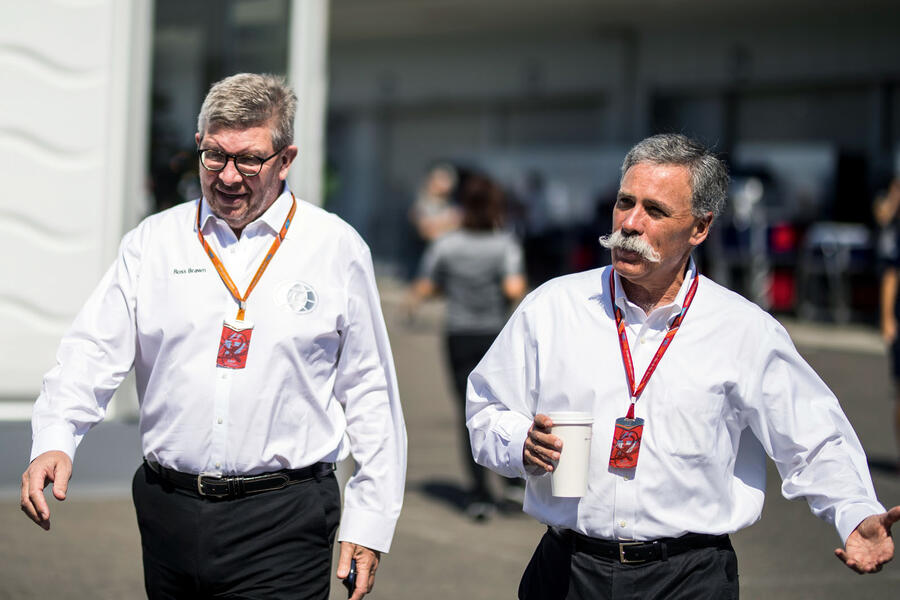
“We need cars that can race each other because the cars we have now are terrible in that respect,” said Brawn when announcing the 2021 package. “We get constant reminders of the difficulties the drivers have in competing with another car when the performance difference is not huge.
“What has changed in the last few years is the new commercial rights holder, Liberty, recognising the need to do this and providing the resources and funds for F1 and the FIA to work together to find solutions for the challenges F1 faces. We’re providing cars which, we think, are more attractive and can race each other.”
The wind-tunnel model and the images released by F1 show a more modern-looking and spectacular car, set off by 18in wheels.
“We’ve sought to simplify the final shapes of the cars and to desensitise some areas, in this way leading to lower performance differential,” said Tombazis. “We hope that these aerodynamic regulations will mean the difference between the fastest and the slowest car will be smaller than currently.
“It is fundamentally a ground-effect car. It’s got a long diffuser starting from the front of the sidepod, going underneath and finishing at the very back. That is fundamental for the flow structures that we’ve sought to achieve around it.
“Some areas of the car, not a huge number, are going to be prescribed, because there’s such sensitivity to control the wheel wakes that we feel if we didn’t actually restrict the shapes, we’d end up with teams finding ways to overcome the key objectives.”
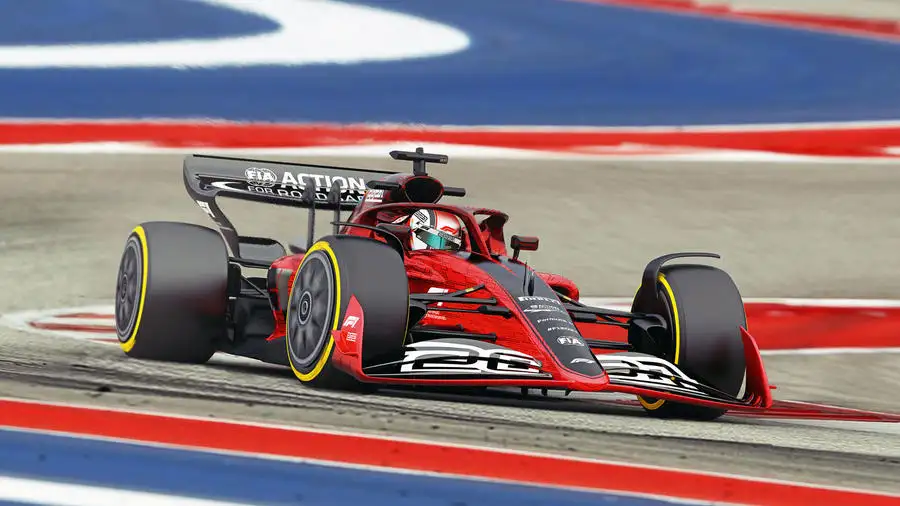
Over the summer, team technical bosses made it clear that they were frustrated by the apparently restrictive aero rules, suggesting that the cars will all look the same. “We might as well all go and buy Dallaras,” rued Red Bull’s design guru, Adrian Newey.
Tombazis remains confident that designers will still have some freedom. “We expect there to be numerous areas where the cars can and will look different to each other,” he said. “The nose, the front wing, the engine intake, the sidepod inlet, the sidepod shape itself, the rear wing. There are quite a lot of areas where we see still notable performance and visual differentiation.”
The 2021 technical rules address costs, with a move to some standard or common parts, such as the fuel system. There are fewer than was originally envisaged. Teams resisted being obliged to use components supplied by third-party tender winners in key areas such as gearbox internals and brakes.
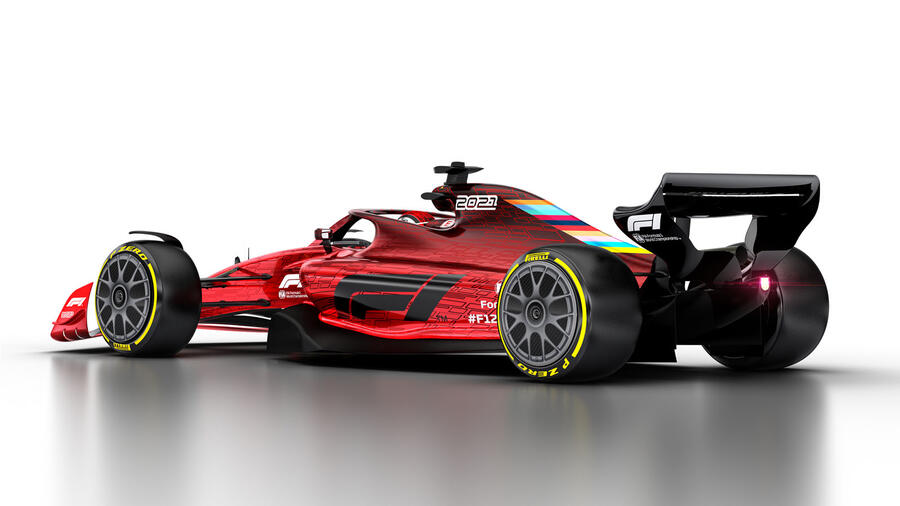
The hybrid power unit is largely unchanged, other than a higher minimum weight and some material restrictions to address costs, while a move towards synthetic fuels sees a doubling to 20% content in 2021.
One big downside is that the overall minimum car weight has risen from 743kg to 768kg, taking into account the 18in wheels and an allowance for standard parts.
Sporting regs: tidy up the rulebook
The sporting regulations feature fewer tweaks than the technical ones and there’s no sign of innovations such as Saturday qualifying races, which Liberty had been pushing for.
Instead, it has been more about tidying up details. Former Tyrrell and Renault team manager Steve Nielsen – another Brawn hire – has led the reappraisal of a document that had been the responsibility of the late Charlie Whiting for over two decades. With the maximum number of races now set at 25, efforts have been made to shorten ‘weekends’. Scrutineering has now moved to Friday and curfew regulations have been tightened.
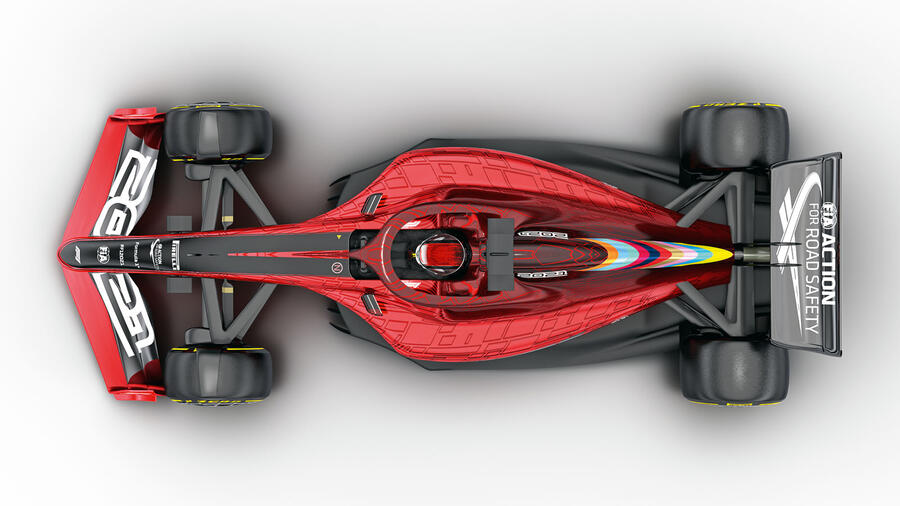
To stop the proliferation of newly minted parts arriving over a weekend, a reference specification is set on Friday. Teams can test development parts on Friday but they can’t race them and the car has to be in that reference spec from Saturday morning. There are also revised restrictions on wind tunnel and CFD usage and, for the first time, limits on engine dyno running.
Financial regs: a new challenge to police
For decades, there have been attempts to rein in the spending of the top teams. Nothing has ever really worked, but by putting the financial element into the FIA rules – and ensuring there are tough penalties – there is finally a brake on expenditure.
A cost cap has been set at $175 million (£135m) for a 21-race season, with $1m to be added for every race above that. There’s a lengthy list of exclusions, including salaries for drivers and top management, as well as marketing expenditure. Even so, it will still impact the top three teams – Ferrari, Mercedes and Red Bull – and force them to be more efficient.
“Financial regulations are the dramatic change in F1,” said Brawn. “We’ve tried for these in the past and we’ve not been successful. I think the crucial thing about the financial regulations now is that they are part of the FIA regulations.
“So the sanctions for breaching financial regulations will be sporting penalties of some sort, depending on the severity of the breach – whereas before, we had the resource restriction, which was a gentlemen’s agreement between teams. Well, there are not many gentlemen in the paddock, I’m afraid, and that was a failure. But this has teeth. If you fraudulently breach the financial regulations, you will be losing your championship. So it has serious consequences.”
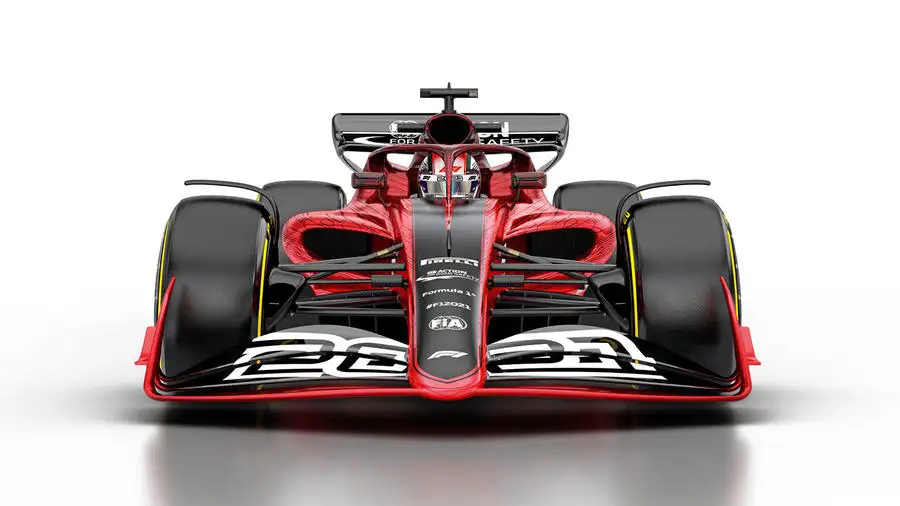
Criticism of restrictions on spending has always focused on policing. Can you really keep track of everything a big team is doing, especially one with manufacturer links and thus the possibility to quietly farm out a little R&D project to the mother company? It remains a concern for the critics, but some very clever people have been involved in creating the rules, including former Honda, Brawn GP and Mercedes financial chief Nigel Kerr.
“We’ve got a very strong team of financial experts within the FIA and within F1,” said Brawn. “And we’ve sought outside support on this. Deloitte are one of the experts on sports finances: they’ve been very involved with the football world and you can see the positive effect that’s starting to have.
“They’ve been pretty well thought out but they will need development, like any regulation. I fully expect that we are going to have challenges in the future to implement this, but it’s absolutely essential for the good of F1 that we have a control on the finances and how much is spent in F1.”
What do the teams think?
As noted, there was some pushback on technical changes, with the big players attempting to derail the new aero regs and maintain the status quo. There were some concessions, but the basic package remains.
“There is a still much to work on,” said Ferrari team principal Mattia Binotto. “So I would avoid to say that it is locked down. I think this is still at a starting point where altogether now we need to collaborate, improve furthermore what is certainly a good set of regulations, but still much to develop and improve.”
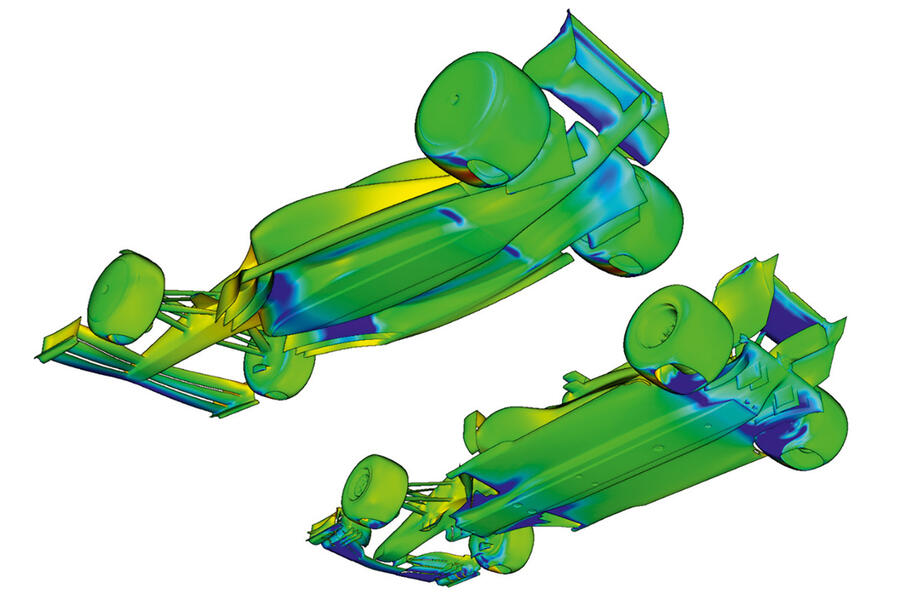
The elephant in the room is that the financial restrictions do not come into force until 2021 – so spending will be unfettered in 2020, when the teams are developing their first cars for the new rules.
The existing wind tunnel/CFD limits will rein in the three big players to some degree, but there are plenty of areas where money still talks, and they are likely to hit the ground running in 2021.
“There is an argument to say that those teams with more resource will benefit from that as they go into 2021,” said Red Bull team boss Christian Horner. “But inevitably, when there is a big regulation change, somebody gets it right and others undershoot. And you want to make sure that you are on top of the curve, rather than behind it.”
What went wrong last time
F1’s last major rule change, for 2017, saw a move to high downforce, with a general aim of making the cars faster and more spectacular, and thus more challenging to drive.
Overtaking was not part of the brief and, somewhere along the way, that was overlooked by the technical directors who were involved in shaping the changes.
Despite the protests of then Mercedes tech chief Paddy Lowe – inevitably dismissed as an attempt to maintain the status quo and thus the Mercedes team’s advantage – the rules were passed. And, sure enough, following a rival proved harder than ever with the new breed of wider, high-downforce cars.
“These cars from 2016 to 2017 had a huge increase in downforce and it is worth thinking back on that experience because it was done for reasons I don’t understand,” said Ross Brawn, who returned to F1 after the decision was made. “It’s an example of an unthought-through programme. So the cars are very quick now, but they’re not raceable.”
Adam Cooper
READ MORE
Rolling start: F1's rulebook rethink, rising star Jonathan Hoggard and more
Racing lines: Car manufacturers may be fickle, but motorsport needs them
New power generation: The young drivers making their mark on motorsport

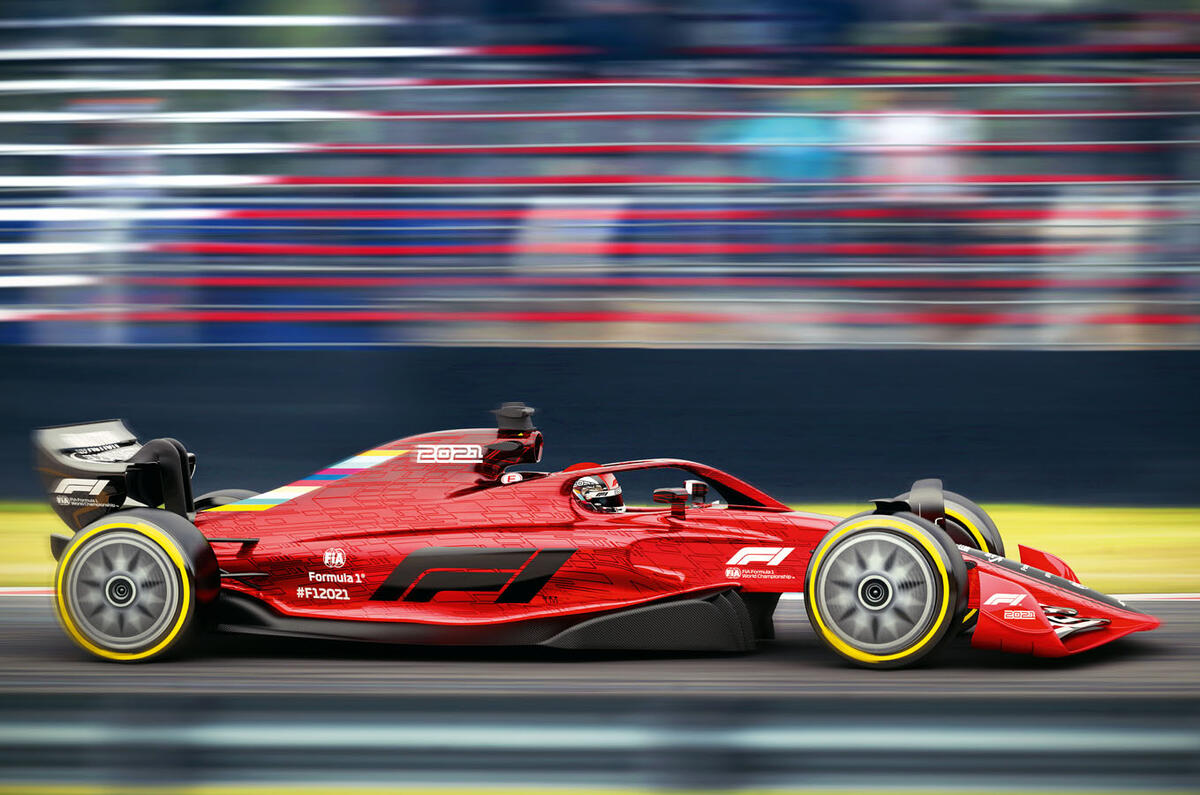
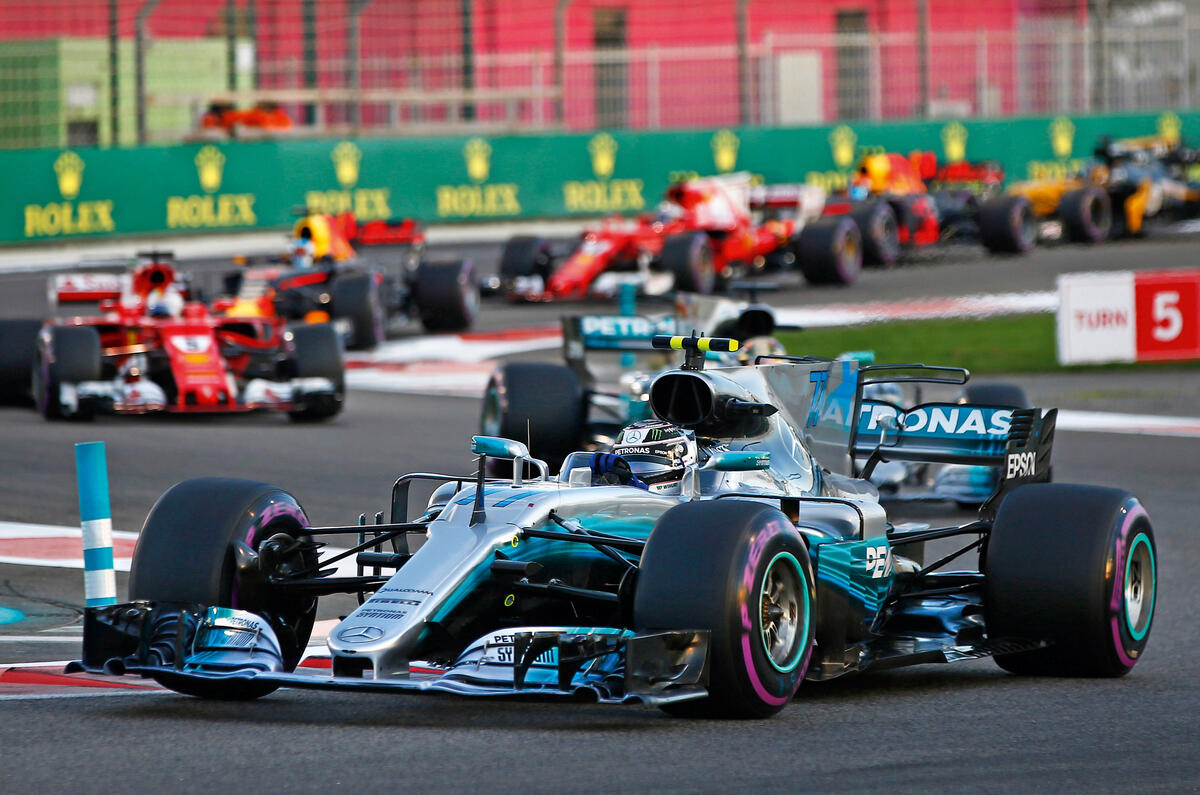
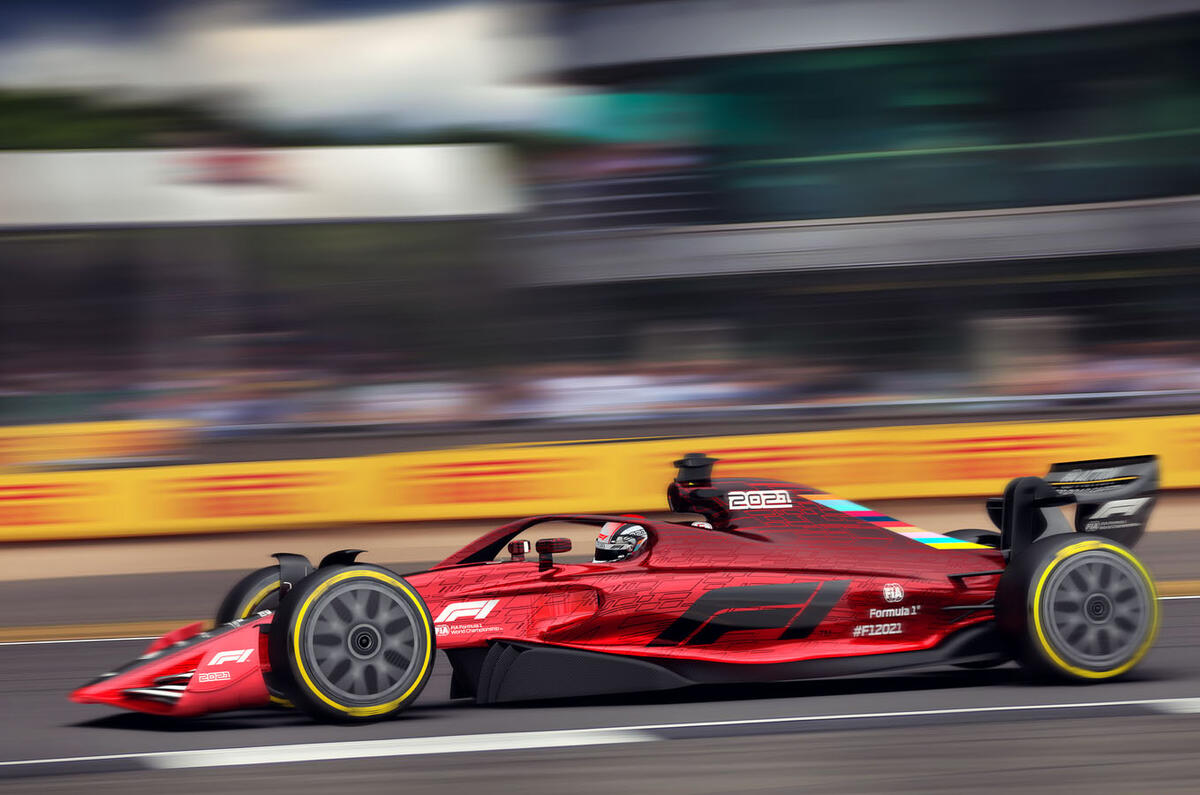
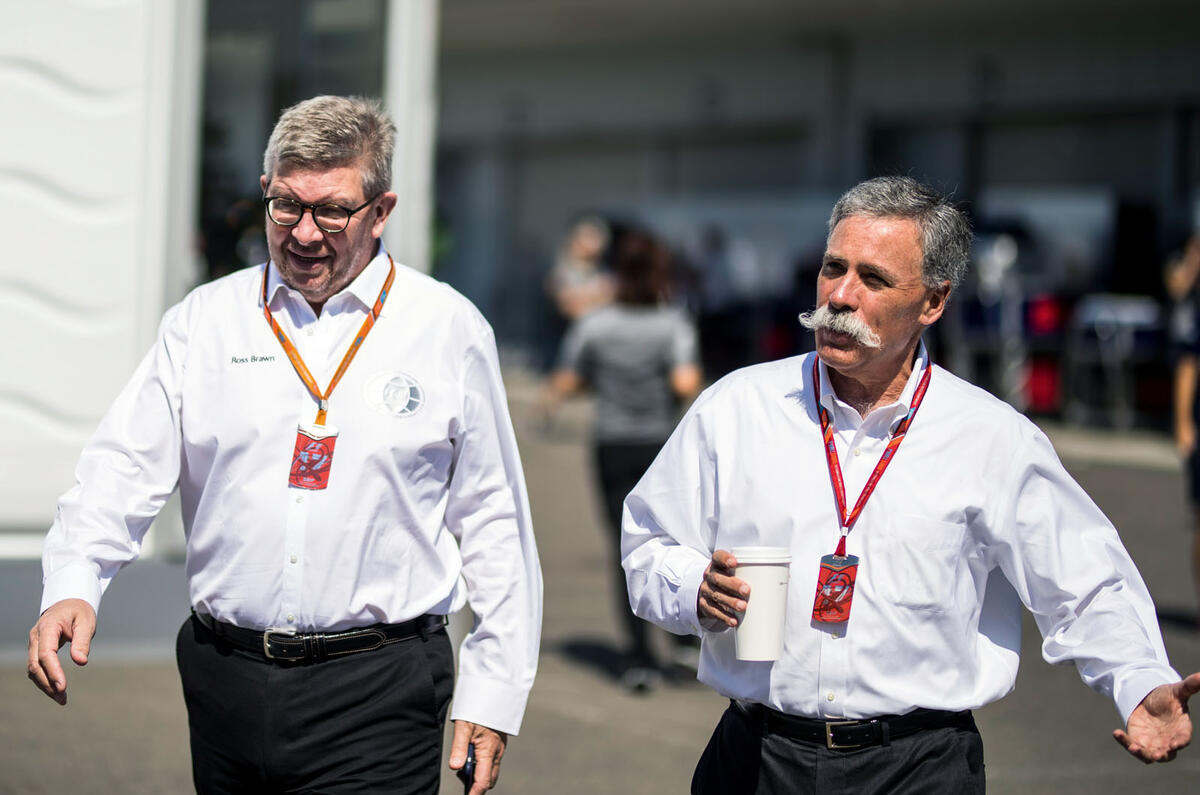

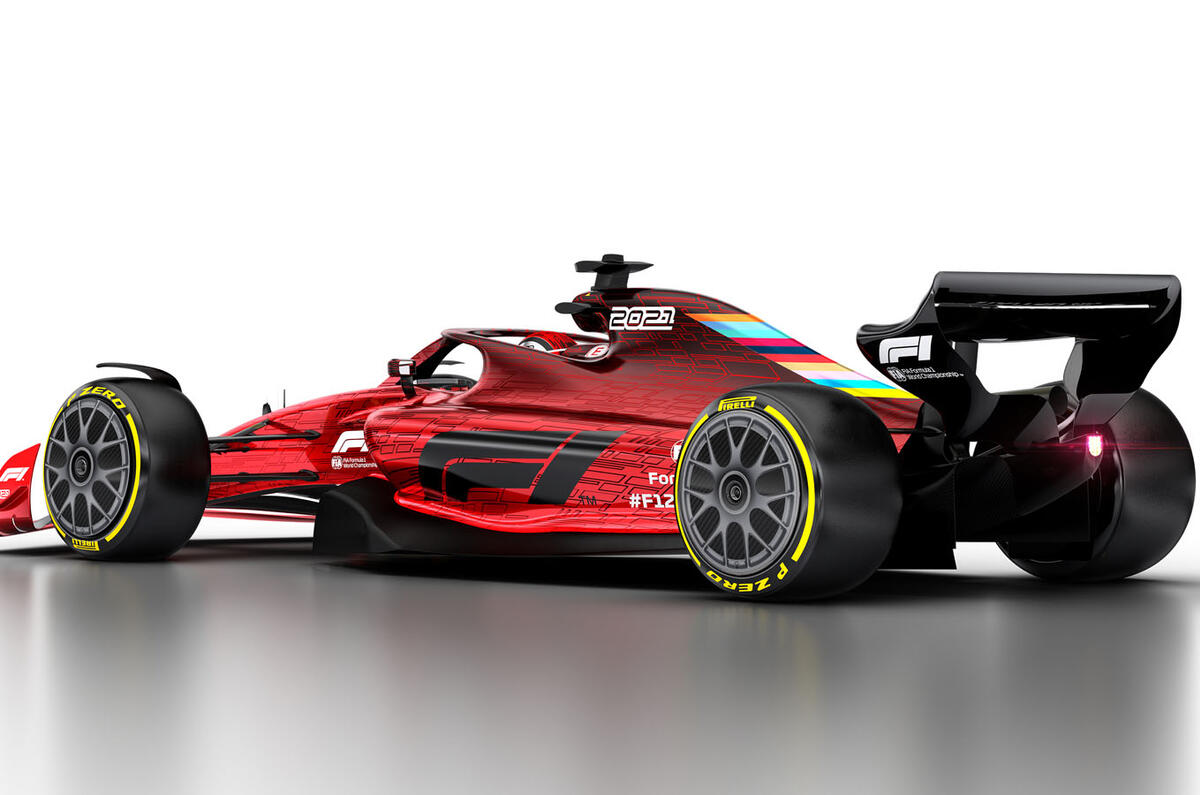

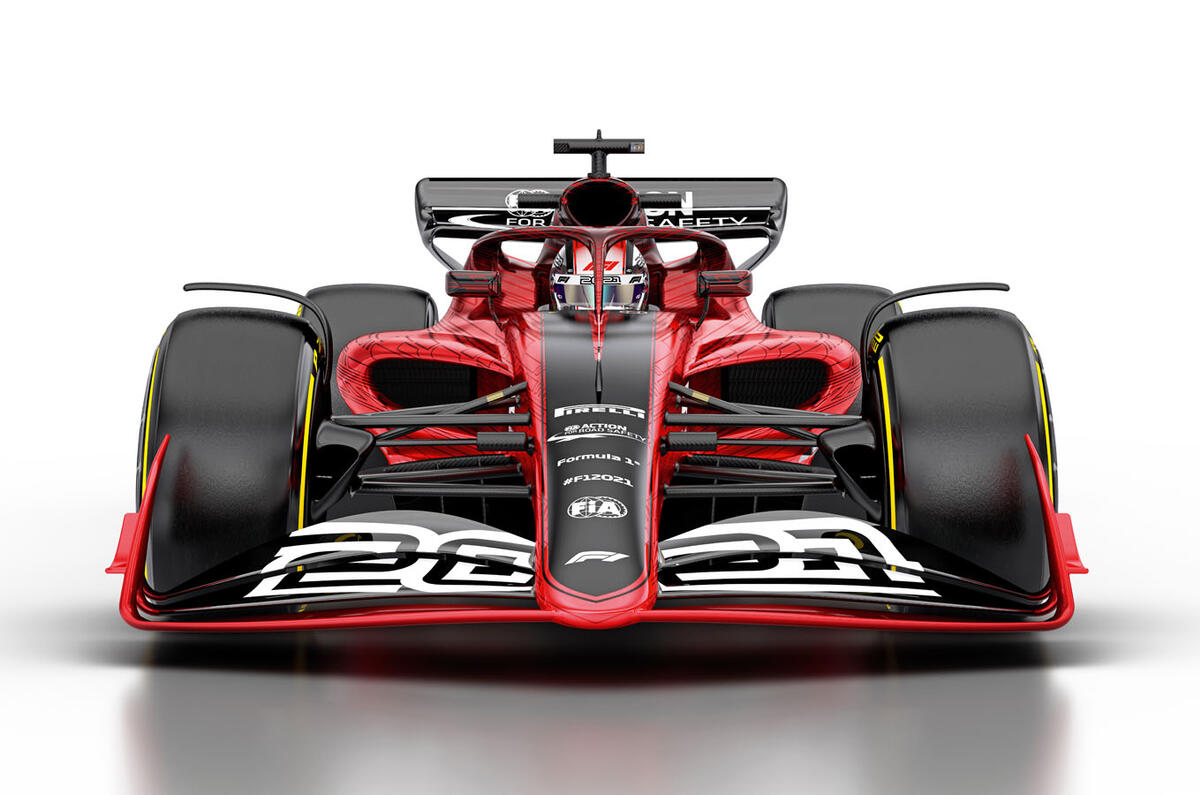
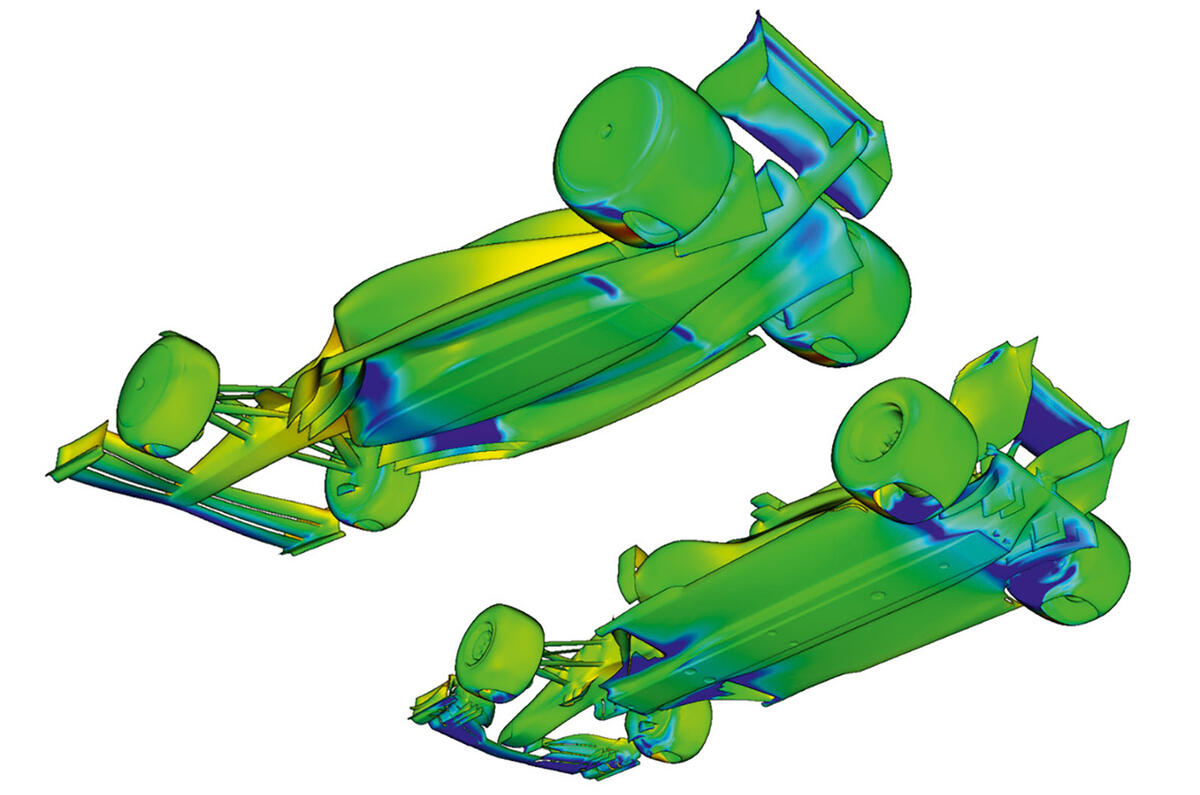
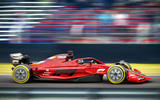
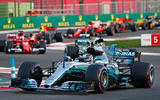

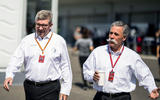
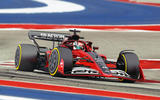

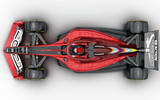
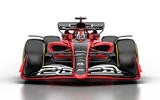
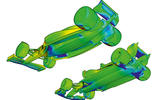


Join the debate
Add your comment
Cynicism alive and well....?
Apathy is there too, if you feel your making a better contribution to the posts on here, don't deride others because they, according to your standards, aren't worthy of your consideration, I like to post, I try not to offend people, if I do I try to apologise , and let's face it, if you troll people it doesn't show you in a good light, now, can we talk about Cars please?
wheels
bigger wheels can house bigger brakes, which could be required given that the cars are getting heavier and they were already pretty hot. Other formula are running larger diameter wheels. The reduced sidewall height could give better body roll control, keeping the floor flat to the ground is important with ground effect. higher profile tyres are more likely to shake the wheel loose (i had no idea about that until these rule changes started!) Other manufacturers (michelin springs to mind) have stated that they wouldn't put in a tender to be a supplier unless they went to a larger wheel, f1 was basically stuck with pirelli last time the contract was up for renewal. the amount of braking grip the cars generate mean the tyres have to be glued to the wheels, this problem would be reduced when the tyre has more rim to stick to. i'm expecting to see the kerbs cracking some rims!
.
Instead of continual rule changes, why not less rules? F1 was not boring in the 60's and 70's when you were allowed V8s, and V12s and Flat 12s, where cars were quite distinctive in appearance and some (well one anyway) had six wheels. This allowed innovation to sometimes triumph over budgets. Yes Ferrari and Mclaren won a lot, but so did Tyrell, and Lotus and Brabham, even Hesketh.
Innovation
I agree that the rules should be relaxed so that companies can innovate but that the budget should be equal for all teams e.g. £100m that way pound for pound it's about getting the best from the same budget a situation that enables parity and fairness this is something everyone can surely get behind.
The Dr wrote:
Would that include driver salaries? I agree though, innovate from a level starting line. I remember Ron Dennis arguing something similar many years ago. Level budgets, car dimensions all the same, track, wheelbases etc. then give teams the freedom of the finer detailing.